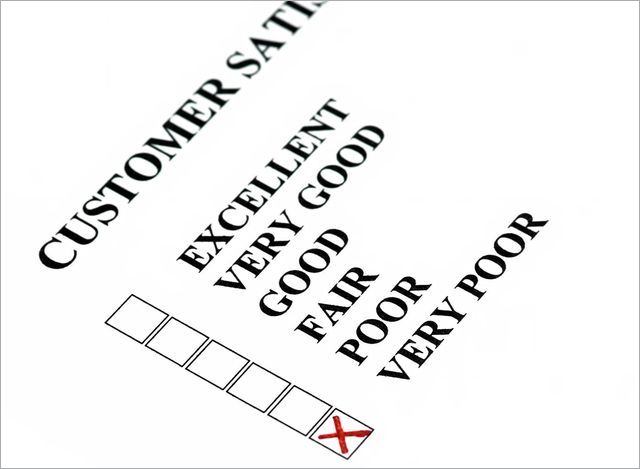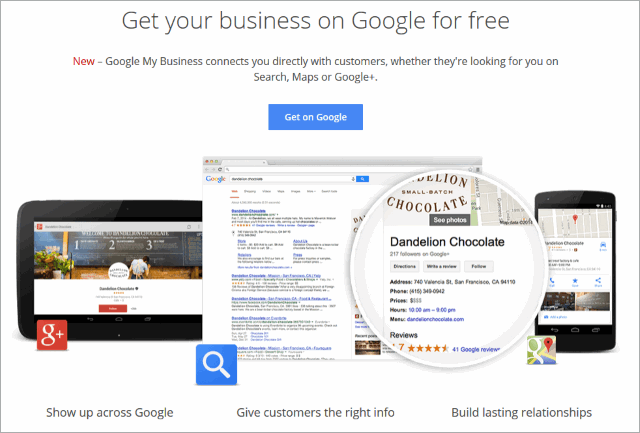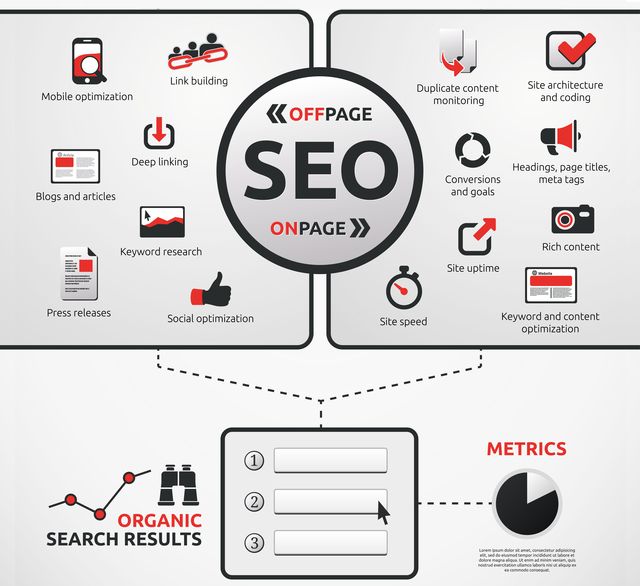As the Internet matures, most businesses are developing specific procedures to address negative online publicity. Reputation repair must be an integral part of these procedures, and it must be undertaken proactively. Negative feedback is inevitable, so having a plan in place to deal with it, and to repair any damage, is critical.
How to Handle Negative Feedback Online
This is particularly true due to the proliferation of social media sites, where anonymity gives some individuals the “digital courage” to make statements they would never make in person.
According to Pew Research, because of that anonymity, 66% of all online harassment occurs on social media websites. Feedback breaks down into two categories: legitimate complaints and unfounded (and sometimes bizarre) rants.

If you receive negative online feedback based on a legitimate issue, your response should be carefully formulated. For example, consider a complaint on Twitter about how long it took to check out at one of your retail stores. The optimal response would be to apologize for the wait and say that the issue is being investigated. If the complaint is legitimate, a follow-up response should report how the issue is being dealt with, as well as offer some type of compensation to the person who complained.
Starbucks, for example, provides customers with a free coffee if the company determines that a reported problem is legitimate. By taking this approach, you effectively co-opt the negative message and turn it into a positive one by showing your willingness to improve.

Unreasonable complaints are a bit more difficult to address, though, and unfortunately they are becoming more and more common online. In one infamous example, a customer complained on a heavily-trafficked forum about being charged after cancelling a subscription. However, the customer failed to mention that he had signed up for a subscription with the service through PayPal. This piece of information is crucial, because PayPal subscription charges can only be canceled by the person who initially made the purchase.
The service owners responded to the negative feedback by pointing out this fact, and by posting copies of the messages that were sent to the customer, instructing him how to cancel the payments using his PayPal account. The customer continued to complain, but was quickly rebuked by the forum members.
There is a lesson to be learned here. When you receive negative feedback which is baseless, respond to it calmly and with evidence that supports your position. Keep in mind that your goal is to send a message to the potential customers who will read the post, and not necessarily to the person who is complaining. Act reasonably and the readers will quickly understand that the complaining customer is really the party at fault.
Google My Business Reputation Management
Google My Business (GMB) is very popular with companies, because the website traffic produced by the system converts incredibly well. However, Google also includes consumer reviews with its listings. This can be a major advantage if your reviews are all positive, but a big problem if you have a lot of negative customer feedback.
In the past, Google used Yelp’s reviews for the companies that were listed in its GMB Search results. Google has its own review system now, so there is a real opportunity to build up numerous positive reviews for your company by sending satisfied clients to your Google My Business page. By building up a decent collection of positive reviews on Google, you can stand out from competitors and improve the conversion rate of your traffic.

Inevitably, negative comments will appear. To manage them, you need to log into your Google account; from there, you can view each review and provide written responses as necessary.
Every negative consumer review should be responded to in detail. By taking this step, you ensure that people who read your reviews get both sides of the story.
If your business isn’t listed in GMB, you can set it up using the “My Business” page: https://www.google.com/business/. The process is self-explanatory and simple. Once you are set up, encourage happy customers to visit and leave reviews on your page.
How to Use SEO Reputation Management
Perform a search for any business on Google, Yahoo or Bing and you will see thousands of pages of results. However, 80% of the people conducting searches never look past the first page of results, and fewer than 3% look past the second page.
With SEO reputation management, the goal is to fill the first two pages with positive (or at least, neutral) listings regarding your company. As an example, if a person writes a negative blog post about you or your business, an effective SEO reputation management campaign should push it to the second or third search results page. This way, very few people will see the negative post.
If SEO management is not pursued, the negative post will appear in the top ten results, damaging your brand and pushing potential customers to your competitors, who have been proactively protecting their listings.

To perform SEO management, a business should build 20-30 strong listings, which will be ranked highly when someone searches for your name or your business’ name. The steps include:
- Launching a website for your business;
- Launching several blogs using third party services;
- Creating accounts and profile pages on major social media sites;
- Seeking opportunities to be listed on media sites by giving interviews through HelpAReporter.com;
- Creating profiles on major directories in your niche;
- Issuing positive press releases through various online services.
SEO reputation management involves a massive amount of work and expertise. It is advisable to use an experienced online reputation management consultant if you want to push the negative articles away from the first two search results pages.
How to Counter an Online Reputation Attack
Countering an online attack can be a challenge. If the attack consists of one person posting negative feedback across multiple sites, your best strategy is to address their problem directly.
Even a single negative review from a customer can cause massive damage to your reputation. However, a subsequent review by that customer which reveals that you did everything in your power to “make things right” is extremely powerful. It shows your target audience that you stand behind your products and services.
If the negative poster cannot be appeased, you need to protect your brand by providing a reasoned, calm response to their negative posts. Readers can then judge the merits of the complaint for themselves. If you’ve been pursuing reputation management all along (as you should) your business will already have built up a collection of numerous positive reviews, which will overwhelm the single negative review.
Using Press Releases for Online Reputation Management
The value of press releases in an online reputation campaign is difficult to overstate. You control the message in press releases, so each release represents an opportunity to show potential customers some of the positive aspects of your brand. This is particularly powerful if you include testimonials from happy customers.

Press releases should be distributed through services which promise widespread dissemination. To add value to the releases, try to share them on as many social media channels as you can. If your press releases provide value, they will be shared by fans and can push the negative listings outside the top 20 search results, where they will remain largely unseen.
Asking Google to Remove Negative Search Results
Negative search results on Google are particularly troublesome because of the search engine’s market share. And businesses contacting Google to request the removal of negative content from its search pages are almost always going to be disappointed.
Google rarely removes content, because the company portrays itself as a strong advocate of free speech, and has immunity from lawsuits under Section 230 of the Communication Decency Act. Google will remove pages upon request when copyright infringement has occurred, but negative reviews, articles or social media posts rarely qualify for this legal action.
The good news is that Google does respond to a particular type of request. If you are able to successfully sue the posting party and obtain an order from a judge requiring the content to be removed, Google may choose to comply. However, it is important to understand that the company is not obligated to do so, since it is not a party in the lawsuit. Google’s legal counsel may be sympathetic to the request, though.
Online Reputation Repair Is an Ongoing Process
Repairing your online reputation is certainly possible. The process starts by building up as many positive reviews, press releases and media interactions as you can, before anyone gets around to posting a negative review. Once that negative review does show up, a reasoned and measured approach to addressing it should minimize any damage.

